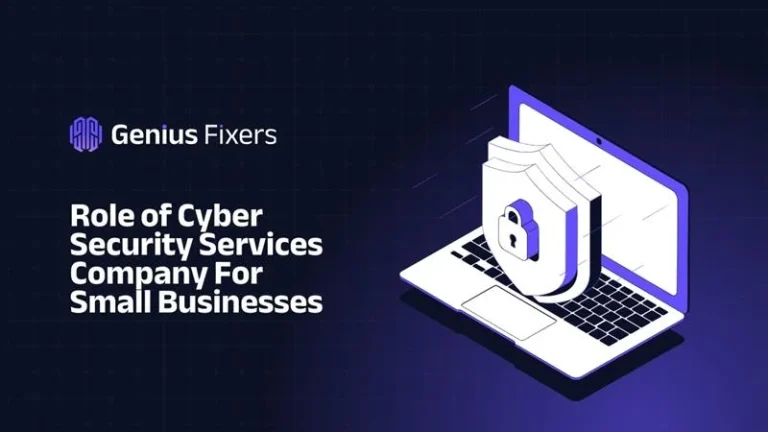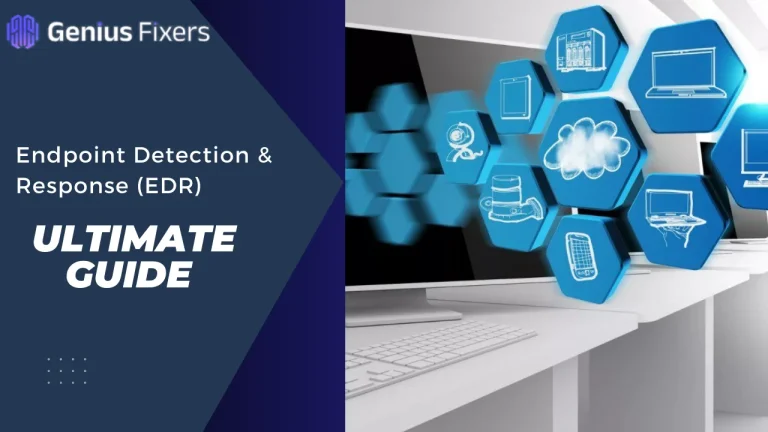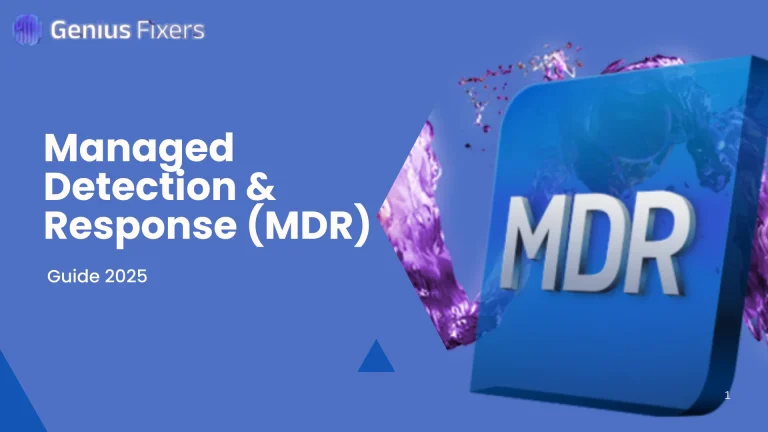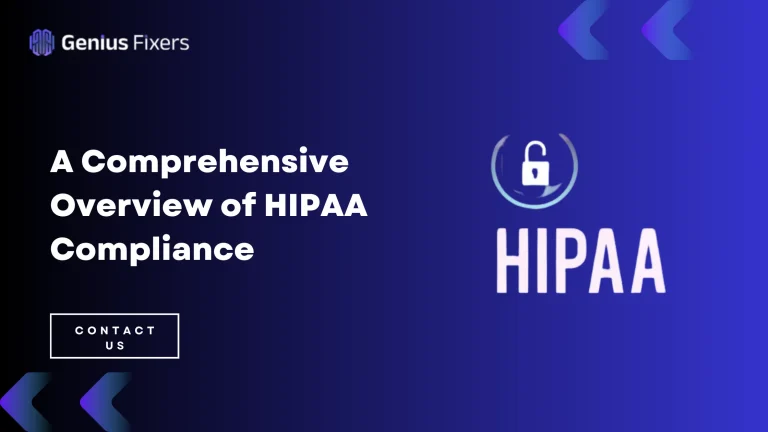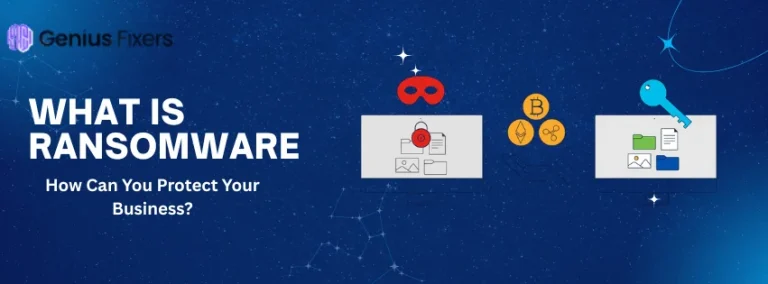Empowering Businesses with IT Solutions
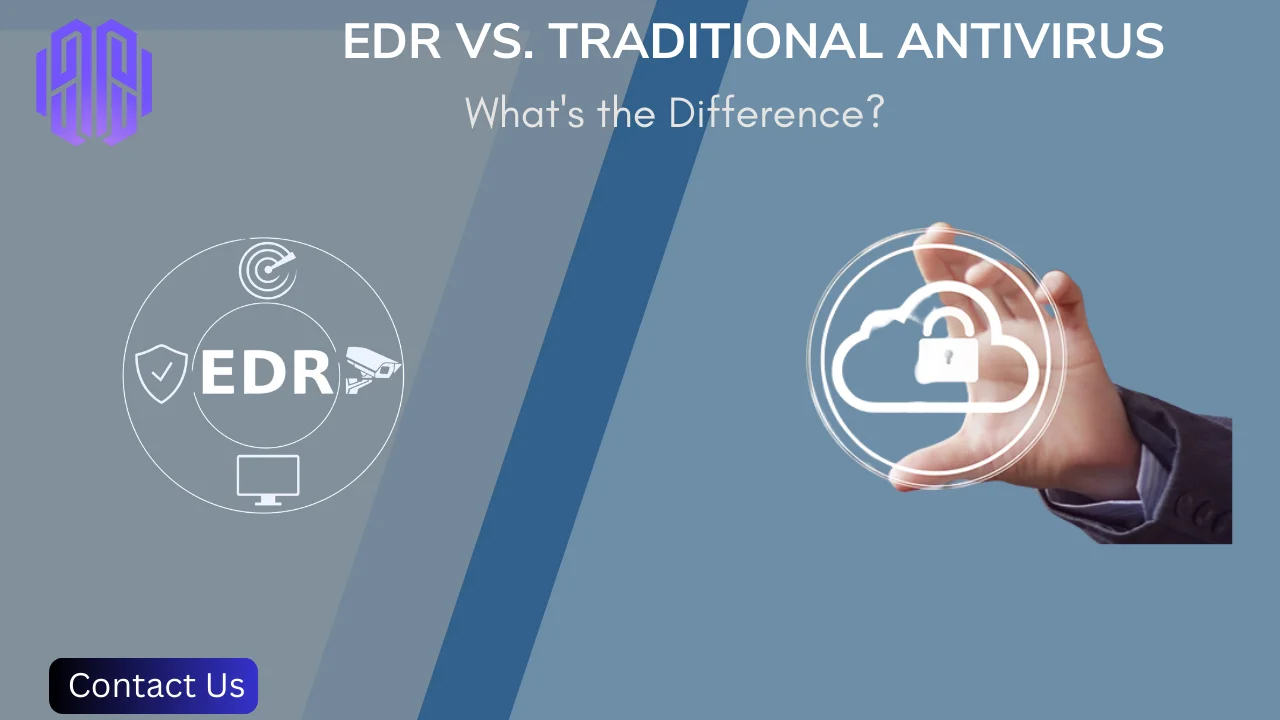
EDR vs. Traditional Antivirus – What’s the Difference?
The below guide points out the prime differences between a traditional antivirus and endpoint detection and response.
How Does EDR Offer Protection?
Endpoint detection and response services mainly concentrate on endpoints, which in simple words are your laptops or computers.
As the term clearly specifies that there are a couple of steps involved in order to offer efficient protection, such as recognizing the threats, commencing an investigation and then responding accordingly.
EDR Work Process
To comprehend the differences between these two entities, let’s first see how EDR works.
- Constant Monitoring: This step carries on with the continuous effort of EDR agents. They are deployed on endpoints and persistently amass data, which is in actuality the endpoint activities.
- Analyzing Behaviors: This gathered information is then analyzed rigorously. It happens with the aid of a variety of techniques. Behavioral modeling is one that revolves around the user as well as the endpoint in order to define normal operational patterns. Another method is the application of ML models, for instance, to recognize unusual events.
- Alerting: The identification of possible threats by correlating real-time endpoint behavior with threat intelligence leads to the generation of alerts. This approach is for the security teams, or most particularly, the analysts. It is beneficial for them to prioritize the most critical incidents.
- Automated Responses: Such automated actions have the purpose of immediately addressing the threats that were previously identified. They might include terminating the malicious processes, endpoint isolation, or deleting the suspicious files.
- Investigation: After the analysis tools are provided to the analysts, a thorough investigation of the incident starts. This comprises determining the root cause and the scope of the breach that occurred.
Advantages
- EDR is much smarter when discovering new threats. This is primarily because of the continuous monitoring.
- This cybersecurity service goes through everything going on in your computer.
- It is much faster in responding to the attacks, if you compare it with a traditional antivirus. Also, it prevents the threat from spreading.
Limitations
- Endpoint detection and response solutions require technical knowledge. They are not too simple and do not merely rely on installation.
- This is costly as well. Businesses have to recruit professionals or acquire expert services in order to carry out EDR processes.
- It mainly concentrates on endpoint activity. Therefore, it will most probably skip basic network scanning.
What a Traditional Antivirus Really Is?
An antivirus is accountable for taking care of malware. The examples of the latter comprise spyware and viruses. What it basically does is prevention, detection, and then removal.
Also, it typically focuses its attention on the known threats. They have extreme dependency on databases of known malware signatures, which encapsulate distinctive code patterns to recognize particular malware pieces.
Traditional Antivirus Work Process
- Scanning: It all starts with the installation of an antivirus. You can definitely refer to our managed IT solutions for such IT assistance. Next comes the initial scanning, which initiates the complete system scan for spotting the known malware.
- Suspicious Behavior Detection: This is basically the threat detection phase. The database of known malware signatures helps compare the code of scanned files, as well as programs that are running. In the case of a match, the suspicion is detected.
- Isolating Threats: Afterward, there is a concern about what to do with suspected threats. Usually, it’s quarantining. The user has to then decide whether to delete or restore the file.
Alerts & Updates: A traditional antivirus can update the user in the event of threat detection. Also, it demands input from the user to finalize an action. Alternatively, antiviruses also keep on updating their malware signature databases.
Plus Points
- Anti-malware is quite easy to understand and simple to install or use.
- It utilizes fewer computer resources. Hence, it is overall lighter on your system.
- It is somehow effective in catching and stopping common threats. Thus, your important business files can stay protected.
Limitations
- A traditional antivirus, unfortunately, has restricted detection abilities. There are many new threats, like zero-day attacks, that it might not be able to spot.
- It is reactive. Thus, it only reacts when a malicious file is seen. It does not offer constant monitoring services.
- It is merely capable of showing a limited view of the endpoint.
Wrapping Up
The above guide was an elaborated attempt on mentioning the differences between an anti-virus and EDR. Being easy to use, security capabilities and responses are some of key points you should ponder on prior to finalizing picking one.
FAQs
Which one is better for protecting my business, a traditional antivirus or EDR?
We cannot provide you with a definite answer. It is about the dependency on your security needs. Both these offerings have their own pros and cons. For example, a traditional antivirus relies on signature-based detection and isolates the suspicious files.
On the other hand, EDR continuously monitors and values endpoints.
Does EDR help in scanning important documents as well?
Its prime function is not scanning documents. Nevertheless, it does assist in some way. For example, it monitors the file activity, and this approach is nonstop. Besides, it can spot unusual patterns.
How can Genius Fixers support a business with regard to antivirus and EDR?
We can support in suggesting the most suitable antivirus by first assessing your business. Moreover, we offer cost-efficient EDR services.

